25 Jul History of Communications in the RAN.
Communications – The Early Years
Naval signalling is rich in history and through its origins with the Royal Navy (RN), can be traced back to 1338 with the introduction of the first ‘Black Book’ of the Admiralty, a book of instructions which made some mention of signals. By 1673, the first signal book had been developed and by 1780, codes were in use, consisting of a series of numerical flags, special flags and pennants. This system finally delivered to Flag Officers, Captains and Commanders the ability to make several hundred different and discrete signals. By 1844 Morse code had been demonstrated on land, and by 1874 mechanical semaphore signalling had been adopted at sea. In1862 1 the RN developed their own simplified flashing light code and patented a flashing light signal system. By 1867, the signal system had been introduced into service, and for the first-time ships were able to communicate during both daylight hours and at night time. By 1892 the complete Morse code was adopted for flashing light purposes and included in signal books. In 1905 the emergence of wireless telegraphy (W/T) revolutionised naval warfare. Ship’s communications were no longer cut when out of Visual Signalling (V/S) range and RN senior officers became convinced that wireless communications offered great possibilities.
Victorian Colonial navy
Prior to 1901 all of Australia’s Colonial Navies used some form of signalling systems and each colony had invested in communication training to varying degrees. Most notable was the Victorian Navy, which established the Williamstown Naval Depot, near Melbourne, in 1870. The Depot consisted of a Naval Base and general training establishment, and it was here that the first Signals School was founded in 1900.
Wireless Communications
Australian naval communications history was made in Queensland on 9 April 1903, when a successful ship-to-shore wireless telegraphy transmission was achieved. On Friday 10 April 1903, the Brisbane Courier newspaper reported that the Gayundah and Paluma were exercising in Morton Bay and, quote: ‘Last night the following message was received by pigeon post from our special representative on board the Gayundah – Gayundah and Paluma anchored one-and-a-half miles south of Tangalooma Point. Weather hot, perfect communication maintained with Marconi apparatus – Marconi pole stripped to refit as it is slightly bent.’
Royal Australian navy
The first Naval wireless station in Australia was established when a wireless mast and station were erected at Williamstown Naval Depot (WND), then called HMAS Cerberus, located near the site of the present Williamstown Dockyard. During 1913, the RAN Signals School moved from Williamstown to Flinders Naval Depot, locate south of Melbourne on the Mornington Peninsula. Here Signalmen and Telegraphists received training based upon the RN system and provided by RN instructors.
World War I
Following the outbreak of WW I, the Wireless Telegraphy Act of 1905 was amended on 6 September 1915 to enable administration of the Act to be transferred to the Navy Department. By October 1915, the Coastal Radio Service was organised on naval lines, and local coastal radio staff were taken on naval strength. The Officer in Charge was granted the rank of Commissioned Telegraphist, the next in charge -Warrant Telegraphist, and the remainder as Petty Officers. The Officer-in-Charge was also the Radio Inspector for the Navy and was frequently called upon to investigate unauthorised stations or suspicious signalling.
This continued until disbandment of the Royal Australian Naval Radio Service, 28 October 1920 when the Postmaster General’s Department resumed control.
HMAS Cerberus
The transmitting and receiving stations were built in 1919, within the confines of Cerberus. The Signal School, in addition to its training role in Wireless Telegraphy and Visual Signalling, was also responsible for operation of the Wireless Station. The station conducted the first direct ‘fixed service’ Morse code transmission in 1920-21 to the United Kingdom, thereby linking the Australian Commonwealth Naval Board with the Admiralty in London. The wireless station remained operational as a broadcast station and link with overseas authorities until the outbreak of WW II in 1939, when it was moved to HMAS Harman in Canberra. Prior to the commencement of WW II, Telegraphists were responsible for the maintenance and operation of their own equipment, and they were trained at the Signal School in the necessary techniques to ensure that their equipment was kept serviceable. With the pressure of signal traffic, especially in shore wireless stations, generated by the war, Telegraphists did not have the time to operate and maintain their equipment and the maintenance task passed to an embryonic Electrical Branch.
World War II
On 18 September 1938, Naval Wireless/Transmitting (W/T) Station Coonawarra was established several miles south Darwin on the Stuart Highway. It was commanded by a Warrant Officer Telegraphist and came under the administrative control of the Naval Officer Commanding North Australia, located in a building called Melville in Darwin township. Upon the declaration of war all naval depots were commissioned and on 1 August 1940, Melville’s official title was changed to HMAS Melville. The naval wireless station at Harman near Canberra began operations on 20 April 1939 and was subsequently commissioned on 1 July 1943. In the lead up to WW II, V/S and the tactical manoeuvring of fleet units (fleet work) had changed very little and was still used extensively across all facets of naval warfare. The RAN continued to utilise RN doctrine exclusively throughout this period. V/S and Fleet work became increasingly important, as the reliance on cryptography increased to counter the early successes of German communication signal intelligence and intercept, and the German submarine war against the Allied supply lines in the Atlantic. The need for tactical radio silence became paramount. Following the United States’ entry into the war in 1941, and the shift in Australia’s war effort focus to counter Japan’s threat in the Pacific and South West Pacific theatres. New codes, signalling procedures and manoeuvring instructions had to be mastered by Commanders and Communications personnel. The RAN operated successfully as an element of the US Task Forces operating throughout the Pacific and continued to do so when the British Pacific Fleet arrived in Australia in February 1945.Operations with large carrier and battleship forces, required complex manoeuvring and V/S procedures. The USN extensively used Radio Telephony (R/T) to manoeuvre the large and widespread formations by voice over early tactical communication frequencies. Successful integration of the Anglo-American fleets in the Pacific theatre contributed to the successful outcome of the war in the Pacific and a close relationship that continued after the war.
Women’s Royal Australian naval Service (WRANS)
Newspaper advertisements lead to the recruitment of women operators from the Women’s Emergency Signalling Corps. With recommendations made by the Director of Signals and Communications that women be employed and final Naval Board approval eventually led to the establishment of the Women’s Royal Australian Naval Service (WRANS) and telegraphists were the first to be recruited. On 25 April 1941, 12 of the WRANS were posted to Harman. At this point, women carried a civilian status, however in October 1942 the civilian status was removed. Virtually all of these personnel had volunteered for overseas service but were disappointed when their duties were confined to the Commonwealth. Additionally, many WRANS volunteered for service in Darwin during the early years of the war; however, the Naval Board decided against placing them in danger. Notwithstanding these decisions, the first draft of WRANS arrived in HMAS Coonawarra outside Darwin, in March 1945. Two hundred Telegraphists continued to serve until the WRANS were disbanded in 1948. In 1951 the WRANS were re-established. With the extremely rapid technological advances in communications made during and after WW II, it became necessary to introduce skills previously not required by a wireless operator. The ability to touch type became an integral part of a trainee’s prerequisites prior to passing out as a fully qualified operator. The speed required was between 35 and 40 words per minute (wpm) and this remained the standard until 1998 when it was reduced to 35wpm as a result of the increasing use of personal computers.
The next quantum leap in communications occurred in the mid 1950s when Automatic Telegraphy was introduced into ships and establishments. This led to the introduction of new equipment, requiring improved techniques which increased the job requirements of the Communications Category and the complexity of training and the responsibilities of the Communications School.
In 1945 a Telegraphist Air Gunner (TAG) was introduced into the communications branch, to allow communications from aircraft to the aircraft carrier HMAS Sydney. By December 1955 the TEL (AIR) and were formed as part of the Communications Branch. The following year the TEL (AIR) name changed, and a new subcategory emerged:
• Telegraphist (Air) became Telegraphist Flight (TF).
• Telegraphist Special (TEL [S]) branch was established as part of the Communications
Branch.
In 1958 the title and abbreviations of the Communications Category had been amended to include the following sub categories:
• Telegraphist to Radio Communications
Operator (RO).
• Signalman to Tactical Communications
Operator (TO).
• Telegraphist (S) to Radio Operator (S).
Ranks were abbreviated. For example, Leading Seaman Radio Communications Operator were LRO, Petty Officer Radio Supervisor to RS, Petty Officer Communications Yeoman to Yeoman and Chief Communications Yeoman to Chief Yeoman.
Data operators were introduced into the RAN in September 1963. These individuals were employed to operate computers for Electronic Data Processing (EDP) ashore. EDP commenced in the RAN in 1966, with the intention to operate computers when they were installed on fleet units.
On 16 September 1967, a USN communications base was opened at North West Cape, near Exmouth, WA and by 1974 the RAN shared the facilities and responsibilities for the base. Naval Communications Station Harold E Holt, through its high-frequency transmitters and receivers, tied the US and Commonwealth into naval communication worldwide. Harold E Holt became one of the most important links in the US global defence communications network, maintaining reliable communications with submarines in the Indian and Pacific Oceans and providing communications for the USN’s most powerful deterrent force, the nuclear-powered ballistic missile submarine. The communications base was the most powerful output in the US network.
On 1 January 1974, another change to the title and abbreviations of the Communications Category occurred. This change created the following sub categories of the Communications Sailor:
• Tactical Communications Operators became
Signalmen.
• Radio Communications Operators became
Radio Operators.
• Radio Operator (Morse) became Radio
Operator (S).
• Data operators were disestablished.
With the closure of RN communications facilities at Mauritius, Singapore and Hong Kong in 1975, the Director of Naval Communications formed the Naval Communications Area Master Station Australia (NAVCAMSAUS) to coordinate fleet support communications to cover the South East
Asian and Indian Ocean areas. NAVCAMSAUS was part of a world-wide Defence communications management organisation that had counterparts in the US, Canada, NZ and the UK.
NAVCAMSAUS was based in Canberra at Harman with staff that carried out the long and short-term communications planning, maintenance of technical standards and configuration control of all shore-based assets, while Watch Officers provided a 24-hour point of contact for all users. The NAVCAMSAUS organisation controlled shore-based assets which consisted of Naval Communications Stations Darwin, Canberra and Harold E Holt, and Naval Communications Area Local Stations (NAVCALS) at Fremantle, Sydney and Cairns.
On 28 July 1978, NAVCALS Fremantle commenced operation at HMAS Stirling. The local communications station provided HF support and Local Area Teletype broadcast support to fleet units. The Radio Operator Teletype category was disbanded in 1988, with the last of the ROT classes remaining after graduation to complete a RO conversion course before departing Cerberus. The communications branch now consisted of the Radio Operator, Signalman and ROEW sub-specialties.
Due to the Seaman Category Rationalisation Study (SCRS) the ROEW sub department ceased to be part of the communications category in 1992 and became part of the Combat Systems Operator (CSO) category. The Communications Category now consisted of the Radio and Signalman sub-specialties.
In 1995 a review of the maritime CIS organisation was conducted with the original report being presented in early 1996. As a result of this initial review and more detailed second phase was commenced, and the RAN Communications and Information Services (RANCIS) report was delivered in April 1997. One of the major recommendations to be accepted was the amalgamation of the Radio and Signalman branches and the inclusion of Information Systems (IS) in the revised category.
The Communications School ceased teaching aural morse code in January 1996 and it was subsequently removed as a communication medium in the RAN modern communications methods had made it redundant. In 1996, computer Local Area Networks (LANs) began appearing in fleet units, with administration falling to anyone with an interest in IS. The systems evolved to administered by an individual of the Weapons Engineering Electrical branch, and finally in 1998 the Communications Branch assumed responsibility for the administration and management of information systems in fleet units.
On 2 December 2002, the RAN Communications and Information Systems School, the Army School of Signals, and the RAAF CIS Training Section of the RAAF School of Technical Training amalgamated to become the Defence Force School of Signals (DFSS). The RAN CIS School was renamed the DFSS – Maritime CIS Wing (M-CIS-W) and remains at Cerberus.
The Communications Category has kept pace with evolving workforce requirements and technologies. CIS sailors posting ashore are located within the Navy, Chief Information Officer Group and Army programs, and undertake an equally diverse range of employment duties.
As in the past, the communicator’s job continues to expand and change, and will challenge the CIS sailor both at sea and ashore. The communicator’s job skills now include the management and operation of visual communications, fleet work, radio, Communications Security (COMSEC), Operational Security (OPSEC), multiple information system domains, boarding operation communications, combat survivability voice and board markers, military satellite communications and broadband satellite communications.
As the CIS role continues to evolve, the current training systems will be continuously reviewed to reflect these changes both in employment and technology. The CIS sailor is employed at sea on every RAN vessel and ashore, providing operational support to ADF units nationally.
Previous Rate badges
The rate badges for the RAN’s Communications Categories were adopted from the RN, with the Telegraphists wearing the wings of Mercury with the lightning bolt. Mercury is a god in Roman mythology with a winged helmet and sandals. Additionally, he also carried a winged ‘caduceus’ and brought messages from the gods to mankind. The lightning bolt is said to have been thrown by Zeus and was considered an expression of supernatural power bringing fire and destruction on the earth.
The signaller’s rate badge consisted of crossed signalling flags, and while the meaning of these flags has evolved, the current single meaning of flag Juliet is ‘I have a semaphore message for you’.
CIS Category badge and history
The following article was printed in the Navy News on 24 August 1998. ‘In the modern Royal Australian Navy there are many ways of “communicating.” Flags are still used, so is the Aldis lamp. More convenient is radio including the signals bounced off satellites. Training in communications is now a single entity with the first class of trainees beginning their course on July 6.
Semaphore signalling using hand flags ceased to be used as a formal communications medium in the RAN on 24 November 2005. 5 It was realised there was a need to have a uniform rate badge which reflected all facets of communications covered by the course and the specialists’ ongoing duties in the RAN. A request went out to uniformed personnel to design such a badge, and a total of 156 designs were submitted. The winning badge depicts a sphere indicating the global reach of CIS, the Southern Cross indicating uniquely Australian origin and a lightning bolt as outlined above.
The first Tier 1 class graduated on 9 April 1999, and were the first personnel to receive the new CIS Category badge.
Professional Training
The CIS training continuum consists of the initial training course (Tier 1) of 41 weeks duration, intermediate course (Tier 2) with a duration of 16 weeks and the 12 week Tier 3 course.
Generic Sea duties and Posting Options
All ranks of the CIS category are required to do sea service. Sailors are either employed on Major Fleet Units home-ported at Garden Island East, NSW and Garden Island West, or on Minor Warfare Vessels located at either HMAS Cairns or Coonawarra. The main employment areas for each rank are:
a. WOCIS at sea, duties include employment in Sea Training Group (STG) and as the SCO of on LPA. Signalman’s Category badge Radio Operator Category badge CIS Category badge
b. CPOCIS at sea, duties include employment in STG Minor Warfare Vessels (STG MWV) and employment on all Major Fleet Units.
c. POCIS at sea, duties include employment in STG Minor Warfare Vessels (STG MWV) at sea duties include employment on all Major Fleet Units.
d. LSCIS and ABCIS can be employed at sea on all vessels in the RAN.
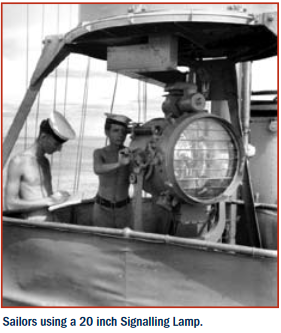
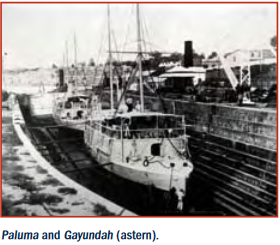
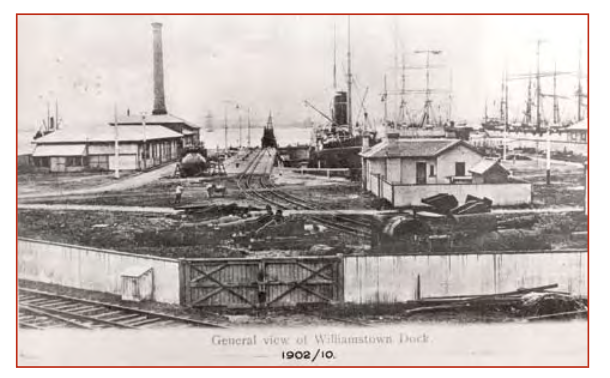
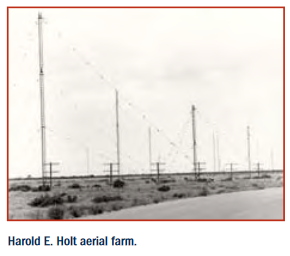

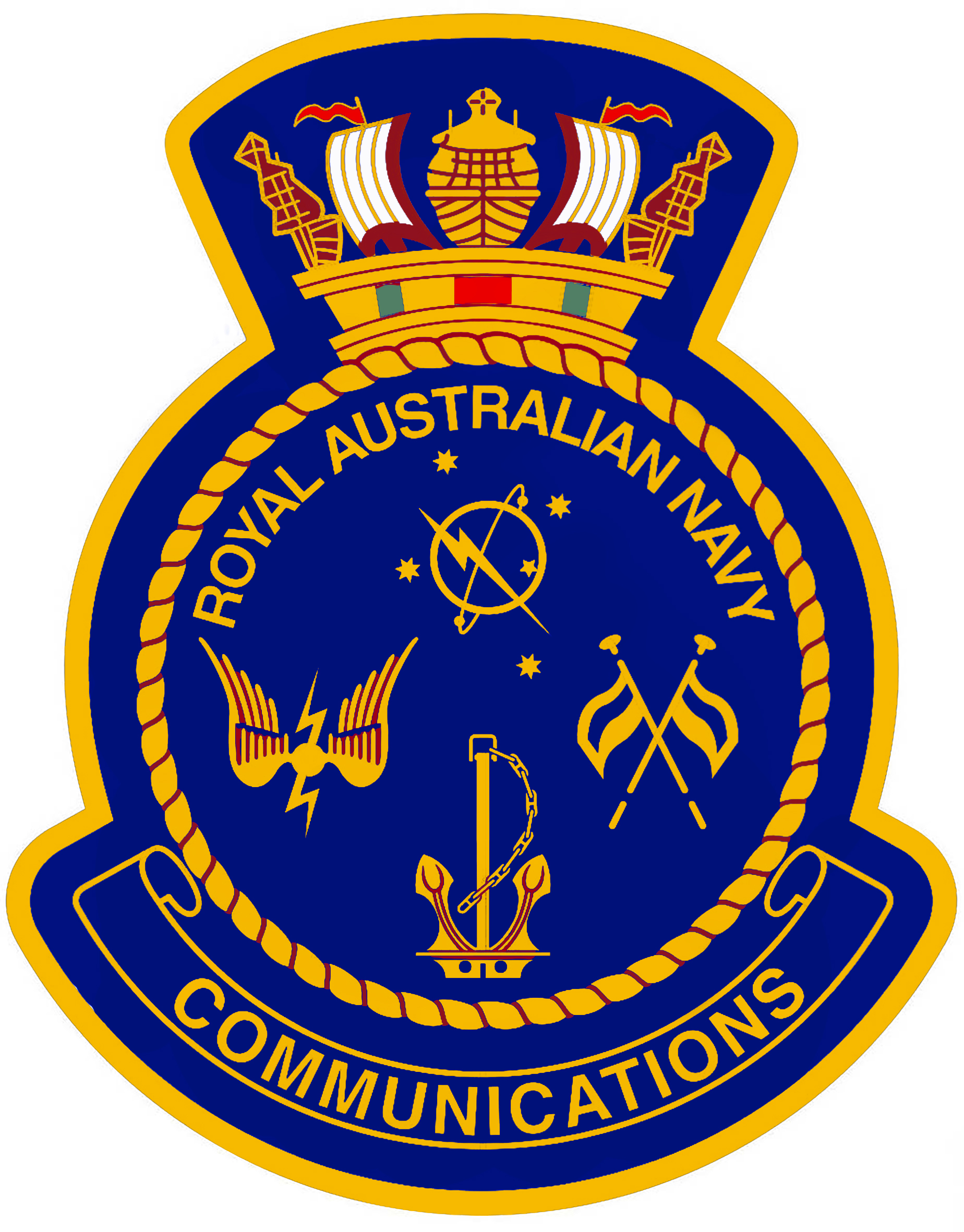

Shane Barker
Posted at 06:46h, 01 NovemberWhat pay level were Radio Operators on in 1975-1984
Peta
Posted at 03:14h, 12 DecemberYou will need to update this page as CIS are now streamed on entry. 🙂
Peta
Posted at 03:14h, 12 DecemberYou will need to update this page as CIS are now streamed on entry. 🙂